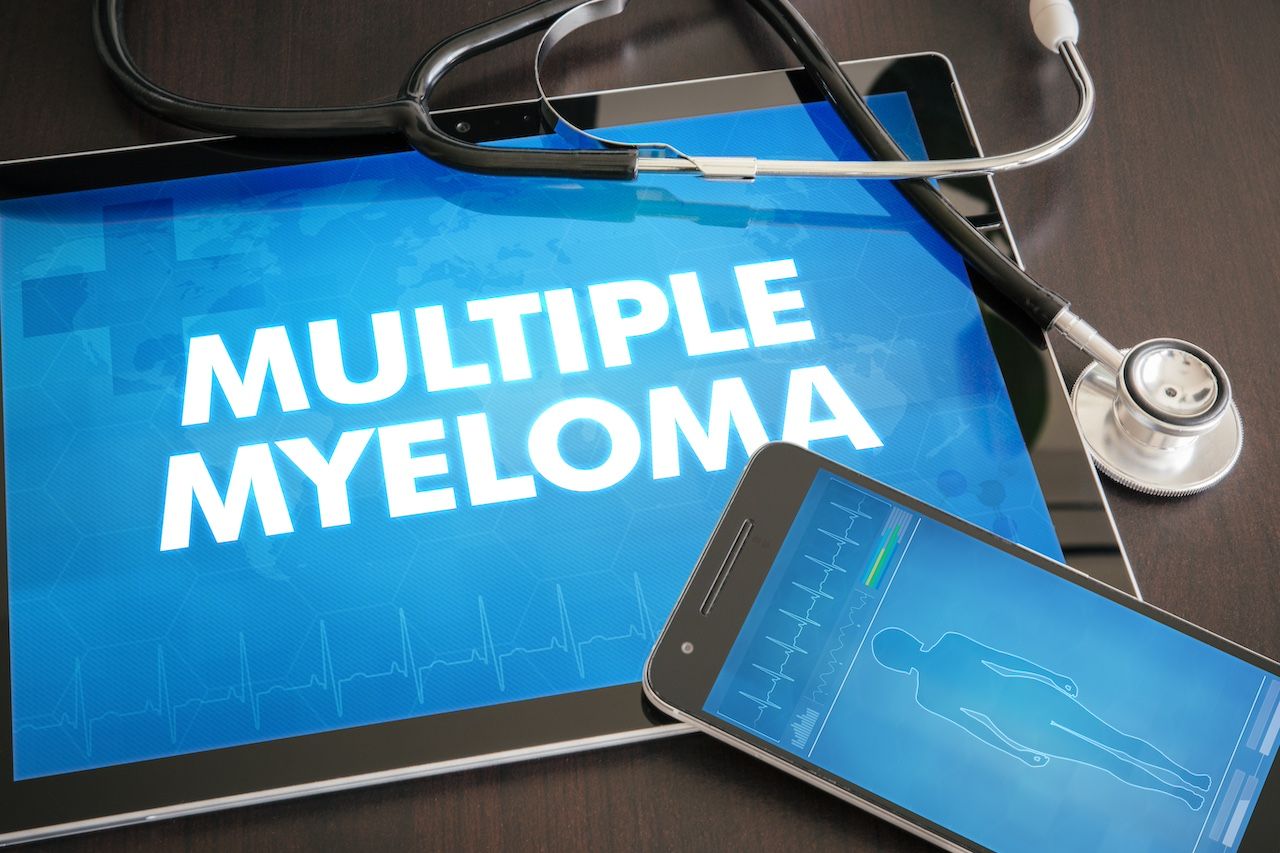Video
Treatment Goals and Options for Systemic Sclerosis Interstitial Lung Disease
Alicia M. Hinze, MD: The goal in therapy for interstitial lung disease that is progressing and systemic sclerosis would be stabilization of disease. Unfortunately, we don’t have something that is going to repair the fibrotic tissue or the fibrosis that’s already occurred. When we are seeing progressive fibrosis, as defined by either progression on high-res CT [computed tomography], most of the time we are really looking at pulmonary function testing to evaluate whether patients are developing physiological changes in their lung functions themselves to track progression. Our focus is really trying to stabilize lung disease that is progressing.
Lisa H. Lancaster, MD: If a physician identifies interstitial lung disease [ILD], it’s very important not just to rule out occupational exposures, drug toxicity, and environmental exposures but to really be aware of different autoimmune diseases that can cause interstitial lung disease. I encourage physicians to have a good rheumatologic review of systems to be able to fully evaluate patients for autoimmune disease that can be concurrent with their interstitial lung disease.
Alicia M. Hinze, MD: Of the treatment options for systemic sclerosis—related ILD, our first-line treatment is the use of CellCept. Cyclophosphamide can also be used, but CellCept has been shown to be as effective as cyclophosphamide with fewer toxicities. We do tend to use mycophenolate as our first-line treatment for interstitial lung diseases for systemic sclerosis.
Additional supportive things that we can do for patients with interstitial lung disease in the setting of systemic sclerosis would be pulmonary rehabilitation. In ILD in general, this has been shown to improve 6-minute walk test and overall health-related quality of life. These are the things that we really want to focus on, especially in a disease that we have no cure for. So pulmonary rehabilitation can be a big aspect. Even rehabilitation in general. Our patients who are getting weaker. Their health-related quality of life is not improving, and they can get more deconditioned, which is certainly not good for overall health as well as lung function. We want to ensure their nutritional status is also adequate, which can be a challenge in patients with systemic sclerosis with a lot of gastrointestinal dysmotility. All the things that are really a comprehensive approach to ensuring the best health status in our patients with systemic sclerosis, focusing on all disease manifestations, are really important for just ensuring overall stability and improvements related to their pulmonary function.
Newsletter
Stay ahead of policy, cost, and value—subscribe to AJMC for expert insights at the intersection of clinical care and health economics.




